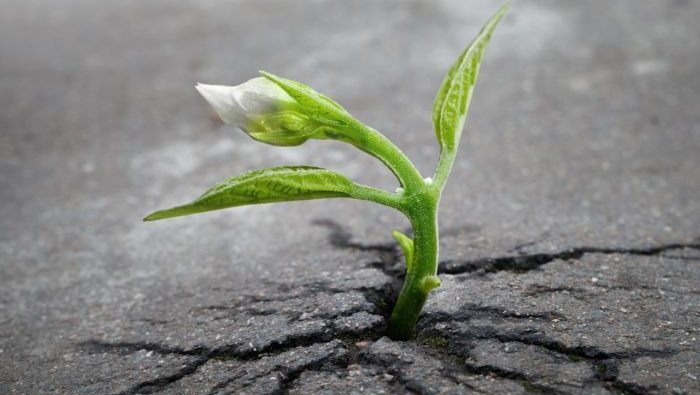Too many of us lose our ability to play along the way: whether we forget how, get embarrassed about it, or just can’t find the time. Our athletic games turn into health and weight loss activities with metrics and goals; the time for imagination and story-telling disappears in pursuit of work; we turn to substances to “have fun” rather than exploring other ways of embracing our free time; or perhaps we reserve play for vacations only.
Experiencing the light-heartedness of play, even for a short time, frees up our energy, shifts our perspective, and offers space for seeing ourselves as whole beings. Play often invites us into a celebration or savoring of the ordinary and small joys of life.
Leaders need to make time for real play to take themselves less seriously and loosen up every now and then.
Hopefully we all know the people in our lives with whom we can play. Maybe you find time to play with the kids in your life, with friends with whom you feel the kind of safety and trust that you can let down your guard, with your family members, or with your partner.
When’s the last time you really played?
If you find yourself searching back to months or years ago, what might you do to be more intentional about play in your life? Play can mean all sorts of activities. Consider carving out time for:
- Creating art for enjoyment alone in the process of playful creation not for the perfect product (making a painting, drawing, collage, music, etc).
- Playing cards, board games, or outdoor games (go fish, tag, chase, kickball, etc).
- Creating skits or telling made-up stories just for fun.
- Playing anything with kids to bring out your inner child: bubbles, drawing, hide and seek, dress-up.
- Playing in nature (swimming, fishing, hiking, flying a kite, dancing on a beach, etc).
- Loosen up.
- Break out of stuck-ness.
- Feel joy.
- Tap creativity.
- Reconnect with childlike wonder.
- Gain fresh perspective.
- Learn about yourself.
- Have fun in a healthy way!

